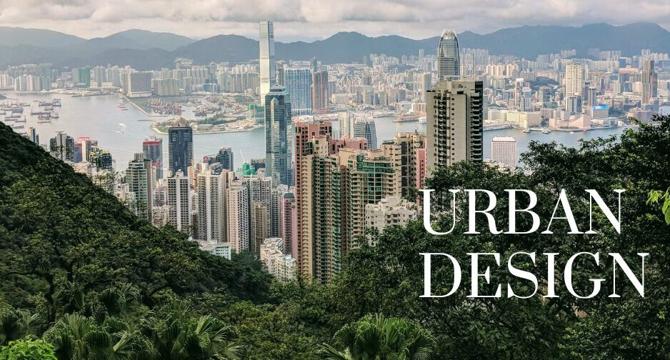TechBullion
3w
417

Image Credit: TechBullion
Urban Design And Masterplanning – How They Impact You And Your Future
- Urban design plays a crucial role in shaping communities by influencing layout, character, function, housing, transport networks, and amenities.
- It integrates architecture, landscape, and urban planning to create sustainable, human-centered environments that enhance quality of life.
- Urban design establishes frameworks at the neighborhood level, while masterplanning focuses on large-scale development strategies and policy alignment.
- Good urban design enhances place character, continuity, and enclosure, fostering a sense of identity and belonging within communities.
- Public spaces, diversity, ease of movement, legibility, and adaptability are key elements in good urban design that improve quality of life and strengthen communities.
- Urban design prioritizes connectivity, pedestrian-friendly layouts, and diverse amenities to reduce car dependency, congestion, and improve air quality.
- It also focuses on legibility, clear spatial structures, and adaptability to evolving needs, promoting social equity and sustainable neighborhoods.
- By enhancing liveability and social cohesion, urban design contributes to the health and well-being of residents, creating vibrant communities.
- Urban design shapes future development by setting expectations for land use, infrastructure investment, and design standards, focusing on adaptability and sustainability.
- Ultimately, urban design is a strategic tool for building resilient, inclusive, and future-ready neighborhoods, offering better spaces and opportunities for individuals and communities.
Read Full Article
25 Likes
For uninterrupted reading, download the app